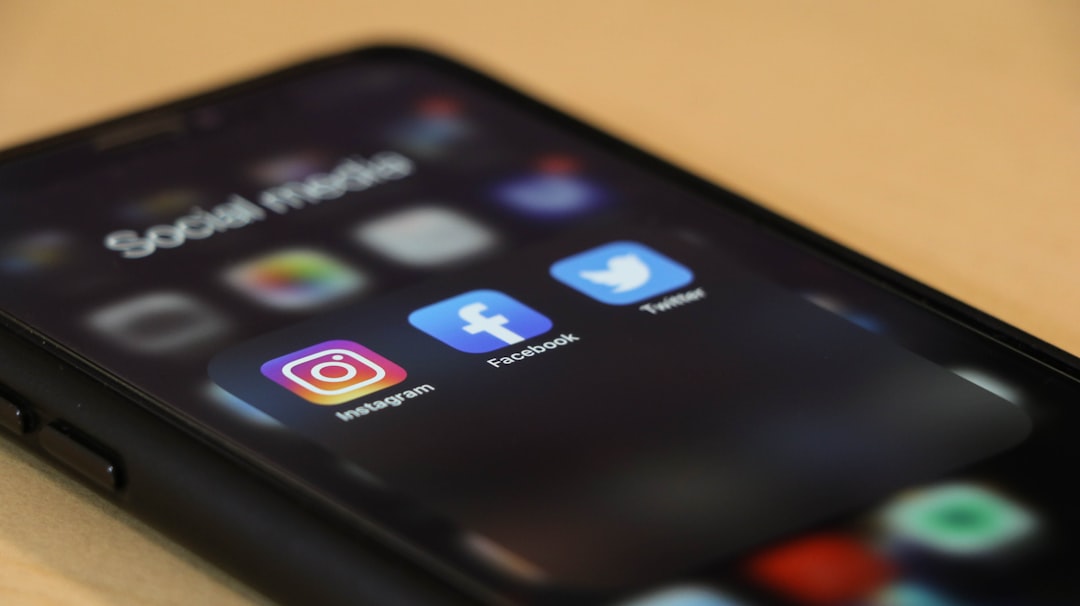Augmented reality (AR) has been gaining traction in recent years, transforming the way we interact with digital content. This emerging technology has become a powerful tool, revolutionizing various industries including gaming, entertainment, education, and even marketing. In this blog post, we will explore the potential of augmented reality in marketing campaigns and how businesses can harness its power to engage and captivate their target audience.
Firstly, let’s define augmented reality. AR is a technology that overlays digital information onto the real world, enhancing our perception and experience of the physical environment. Unlike virtual reality (VR), which creates an entirely immersive digital environment, AR combines the virtual and real world, seamlessly blending digital content with the real-world environment we see. This fusion allows marketers to create unique and interactive experiences for their customers.
One of the key advantages of AR in marketing campaigns is its ability to evoke emotions and create memorable experiences. By enabling customers to interact with products or services in a virtual space, AR allows them to have a deeper and more personal connection with the brand. For example, cosmetics companies can utilize AR to create virtual makeup try-on experiences, allowing customers to see how different products would look on their face in real-time. This interactive and personalized experience enhances customer engagement and increases the likelihood of a purchase.
AR can also assist in bridging the gap between online and offline marketing. By incorporating AR into printed materials such as brochures, catalogs, or billboards, businesses can enhance the static content with multimedia elements. For instance, a fashion brand can embed AR codes into their print ads, enabling customers to scan the code with their smartphones and instantly access additional product information, videos, or even special discounts. This integration of AR with traditional marketing channels engages customers on multiple levels, making the campaign more memorable and impactful.
Furthermore, AR offers incredible storytelling opportunities for brands. Marketers can leverage this technology to create immersive narratives that captivate their audience and leave a lasting impression. An example of storytelling through AR is the acclaimed “The Walking Dead: Our World” mobile game. The game allows players to fight virtual zombies in real-world environments using their smartphone cameras. This interactive storytelling not only promotes the TV show but also immerses fans into the zombie apocalypse universe, fostering a deeper connection with the brand.
In addition to enhancing customer experiences, AR can also provide valuable insights for marketers. By analyzing user interactions and behaviors within AR experiences, brands can collect valuable data on customer preferences, desires, and engagement levels. This data can be used to refine marketing strategies, personalize future campaigns, and drive better results.
In conclusion, augmented reality holds tremendous potential in marketing campaigns. It enables businesses to provide interactive and personalized experiences, bridge the gap between online and offline channels, tell captivating stories, and gather valuable customer data. As the technology continues to evolve and become more accessible, businesses that embrace AR in their marketing efforts will have a competitive advantage, capturing the attention and loyalty of their target audience. So, if you haven’t started harnessing the power of augmented reality in your marketing campaigns, it’s time to dive in and explore the endless possibilities it offers.












